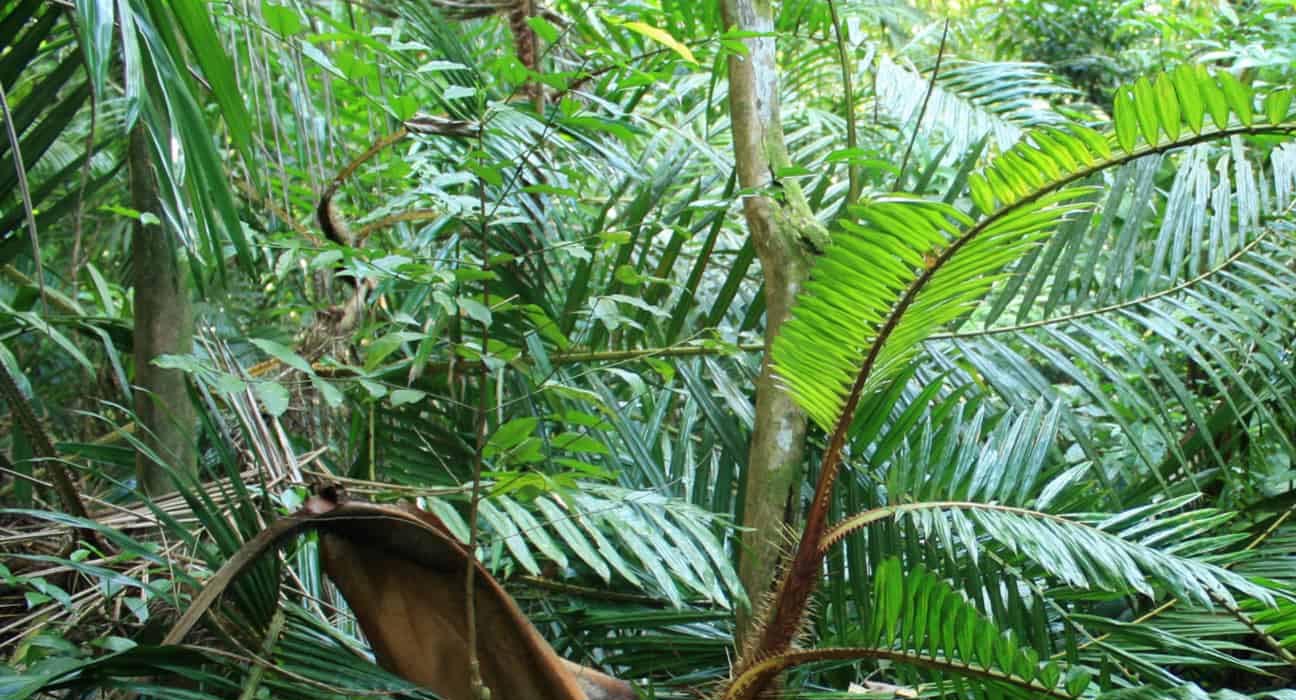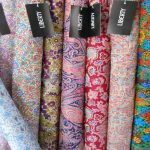Rattan Fiber Research Paper
Abstract
Have you ever been to Sylhet? If yes, then you must have seen furniture, ropes, decorative items, housing, and even craft products produced from Rattan.
Rattan cane is an important forest product only second to timber and bamboo, with higher economic value and ecological benefits.
It is mostly in tropical rainforests and has a high economic value which can be considered a material with high potential in the construction industry.
Note: Click to Download the pdf file of the research paper to see it with pictures.
From the 1860s, the study of physical and mechanical properties of some rattan species began to increase in the Southeast Asia region.
Though we have been using Rattan cane to produce furniture and other products but we hardly tried to produce fiber that can be used to make yarn and subsequent end products.
So my idea is clear. It’s just to make fibers from rattan cane that will have excellent mechanical properties and disabilities.
Objectives
- Extract fiber from Rattan Plant
- Make yarn for subsequent end garments
Literature Review
Let’s start with the most basic question, what Rattan plant actually?
Rattan is a multi-purpose plant resource with long and tough slender stems found mostly in tropical rainforests. The scientific name of Rattan is Calamus Rotang. It’s a plant species native to India, Sri Lanka, Myanmar, and Bangladesh. [1]
It has a high economic value which can be considered a material with high potential in the construction industry.
Rattan cane is an important forest product only second to timber and bamboo, and is extensively used as an excellent natural material for furniture, ropes, decorative items, housing, craft products, and also as an innovative bone implant materials. [2]
From the 1860s, the study on physical and mechanical properties of some rattan species began to increase in the Southeast Asia region.
From the study scientist found out rattan consists of more species and grows over a large area with excellent properties. So there is an abundance of rattan plant that have a high future potential.
Rattan Fiber Research Paper
Scientific Classification
Calamus is a genus of flowering plants in the palm family that are among several genera known as rattan palms. There are an estimated 400 species of rattan around the world. Calamus Rotang species is mostly found in Bangladesh. [1]
| Scientific classification | |
| Kingdom: | Plantae |
| Clade: | Tracheophytes |
| Order: | Arecales |
| Family: | Arecaceae |
| Subfamily: | Calamoideae |
| Tribe: | Calameae |
| Genus: | Calamus |
Chemical Composition of Rattan Stem
Generally, rattan stem consists of holoselulosa (71 – 76%), selulosa (39 – 58%), lignin (18 – 27%) and longa (0,54 – 8%) as well as starch (18 – 23%). [3]
Cellulose and lignin contents correlate significantly with rattan strength. In this regard, cellulose can contribute to the tensile strength, of rattan due to presence of strong covalent bonds in the pyranose rings and between glucose units of the cellulose polymer chain.
Consequently, the higher the cellulose content the stronger the modulus of rupture of rattan. Almost similar to cellulose content, lignin also provide significant strength of the rattan. Likewise, the greater the lignin content, the stronger the bonds between fibers in rattan.
Rattan Fiber Extraction Process
The process of extracting fibers from rattan stems is not so tough but time-consuming. To have the work done I have followed several processes. Those are;
In order to make fiber, at first fresh rattan stem was collected.
In order to lose the bonding of fibers, the stem needs to be smashed. I have used a hand crusher that is used in the kitchen.
After smashing stems properly those were kept in water for 3 days.
Then excess water was removed from crushed stems by pressing.
After that those stems became soft for combing.
Using steel coms fibers were extracted from the stem.
Work History
Rattan is in use as the core material for making furniture and crafts products. Because it is light, durable, and relatively flexible, rattan is used for a range of purposes:
- Food: The inner core as well as the shoot of some of the rattan species is edible.
- Furniture: Furniture is the main end product of rattan.
- Shelter: Rattan is an approved material for house building in rural areas.
- Handicraft: Handicraft, besides furniture, provides the main income of the rattan industry.
The skin of rattan strands is peeled off and used for weaving, while the “core” of the rattan can be used for various purposes in furniture making (wicker). [3]
Some rattan fruits exude a red resin called dragon’s blood. This resin was once considered to have medicinal properties and was also used as a dye for violins.
In 2010, scientists pioneered a new “wood to bone” process for the production of artificial bone made of rattan.
Rattan Fiber Research Paper
Future Potential of Rattan Fiber
In another paper, I addressed Water Hyacinth fiber that has flexibility and can bend to give any shape.
And Rattan fiber is very durable, so in my opinion, these two fibers can be blended together to create a way stronger fiber that will provide a better life to products.
So we can make the same products of water hyacinth using the fiber blend of water hyacinth and rattan fiber.
Some designs that have potential are given below with sketches and illustrations.
Note: Click to Download the pdf file of the research paper to see it with pictures.
Conclusion
Though Rattan has great potential but we have been using it only to make furniture products. So it’s time to bring a change both in our way of thinking and making products.
For that reason, I have tried to extract fibers from rattan stems and surprisingly I have succeeded to do that.
Though my work is still a prototype I hope to go further and develop any machine that will make the process way faster and easier.
Bibliography
1.Calamus_(palm),” [Online]. Available: https://en.wikipedia.org/wiki/Calamus_(palm).
2. Properties of Rattan,” [Online]. Available: http://arkn-fpd.org/index.php/detail_product/47#:~:text=Chemical%20Properties&text=Generally%2C%20rattan%20stem%20consists%20of,correlate%20significantly%20with%20rattan%20strength
| 3. A. Hossain, “Rattan Fiber,” 12 April 2021. [Online]. Available: https://orgiline.com/rattan-fiber/. |





